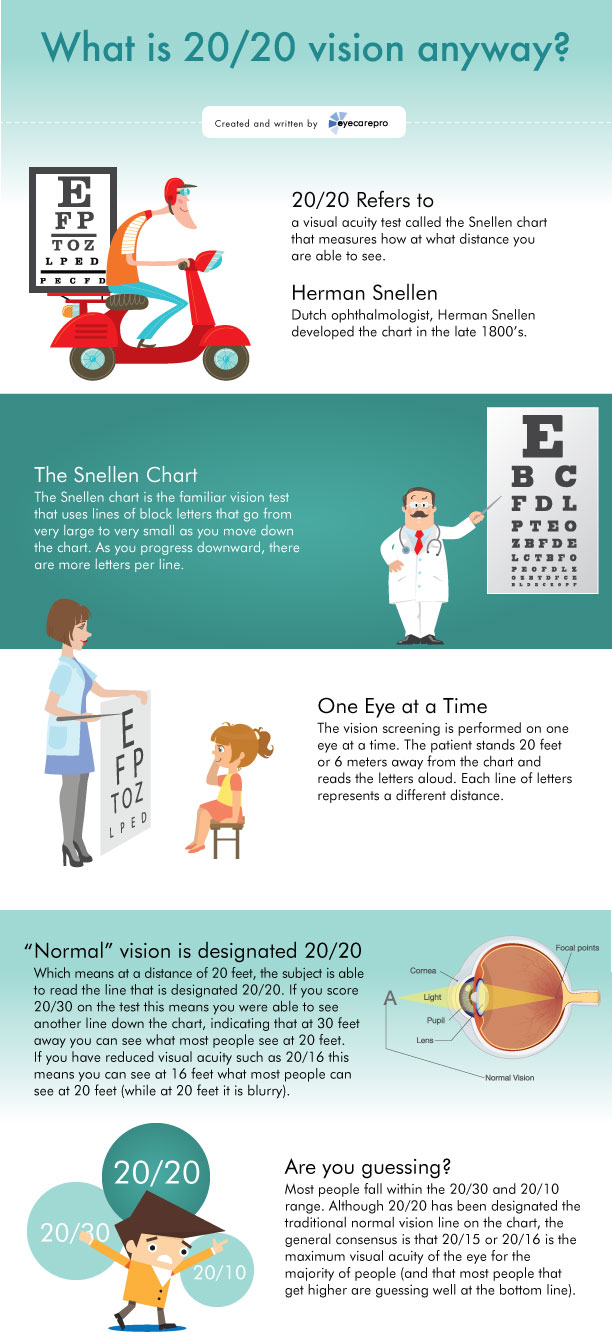When Should Your Youngster Seek Advice From A Pediatric Eye Professional? Symptoms And Remedies

Content Author-Duus Shah
As a moms and dad, you may wonder when your child must see a pediatric optometrist. It is necessary to identify the signs of possible vision problems, like scrunching up your eyes or frequent frustrations. You'll wish to make sure your youngster gets the ideal assessments at vital ages. Recognizing these guidelines can aid you take proactive steps for their visual wellness. But what certain signs should you try to find, and what remedies are readily available?
Common Indications of Vision Issues in Children
When you discover your child squinting, rubbing their eyes, or having a hard time to concentrate on far-off items, it may be time to consider their vision health and wellness. These signs can suggest underlying issues that require attention.
You might also see them avoiding reading or close-up tasks, frequently turning their head, or suffering headaches after institution. If your child seems quickly sidetracked or has difficulty adhering to relocating objects, it might indicate a vision issue too.
In addition, if they usually cover one eye or experience problem with depth understanding, it's vital to act. Being positive about these symptoms can bring about prompt treatments, ensuring your youngster's vision creates appropriately and supporting their discovering and daily tasks.
Don't hesitate to consult a pediatric eye doctor if you're concerned.
Age-Specific Standards for Eye Exams
Eye tests are critical at various stages of your kid's advancement, and knowing when to arrange them can make a big distinction.
For babies, it's recommended to have their initial eye examination at 6 months. This aids catch any kind of possible issues at an early stage.
As your child approaches age three, a detailed exam is vital to examine their vision and eye alignment.
Once they begin school, around age five or 6, guarantee they have actually one more test to check for vision modifications that can impact knowing.
Afterwards, read this to two years are generally adequate, unless your youngster has details issues or threat aspects.
Staying aggressive with these standards helps keep your youngster's aesthetic health and wellness for a life time.
Solutions for Common Pediatric Vision Issues
Dealing with usual pediatric vision issues early can considerably improve your youngster's quality of life and learning experience.
If your child struggles with nearsightedness or farsightedness, corrective glasses or call lenses can help them see plainly.
For conditions like amblyopia (careless eye), treatments like patching the stronger eye can boost vision in the weak one.
If Pediatric Ocular Infection Treatment has actually strabismus (crossed eyes), options like vision therapy or surgery might be essential to line up the eyes.
Routine eye tests are crucial for monitoring these problems and adjusting therapies as needed.
Motivate healthy and balanced eye routines, like limiting display time and making certain proper lights while reading.
Final thought
To conclude, keeping an eye on your child's vision is important. Bear in mind to schedule their first eye examination by 6 months, and follow up at age three and about five or 6. If you see indicators like squinting or problems of migraines, do not wait-- seek advice from a pediatric ophthalmologist. Early detection and customized solutions can make a significant difference in your youngster's visual wellness and overall wellness. Do something about it currently to guarantee they see the globe clearly!

